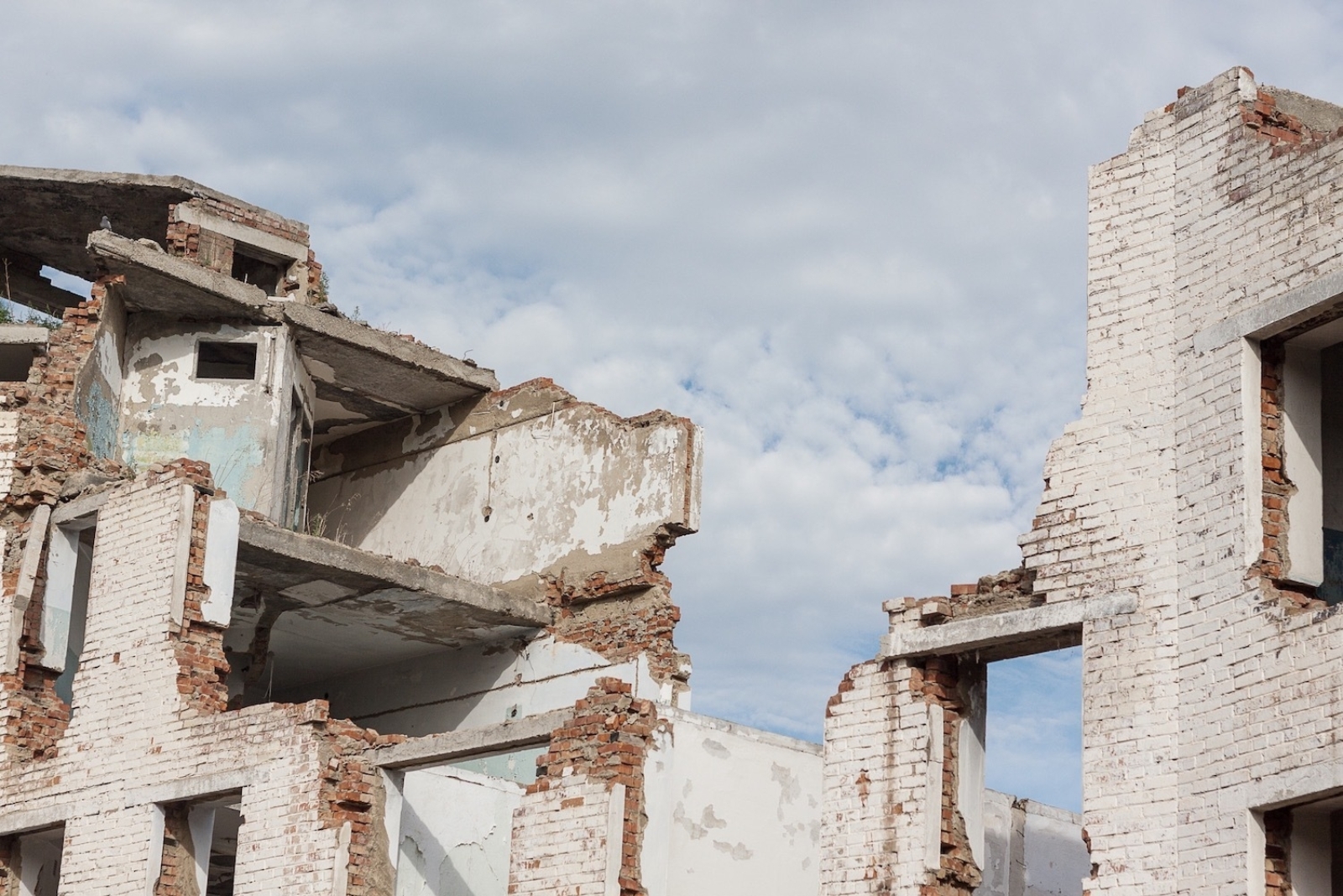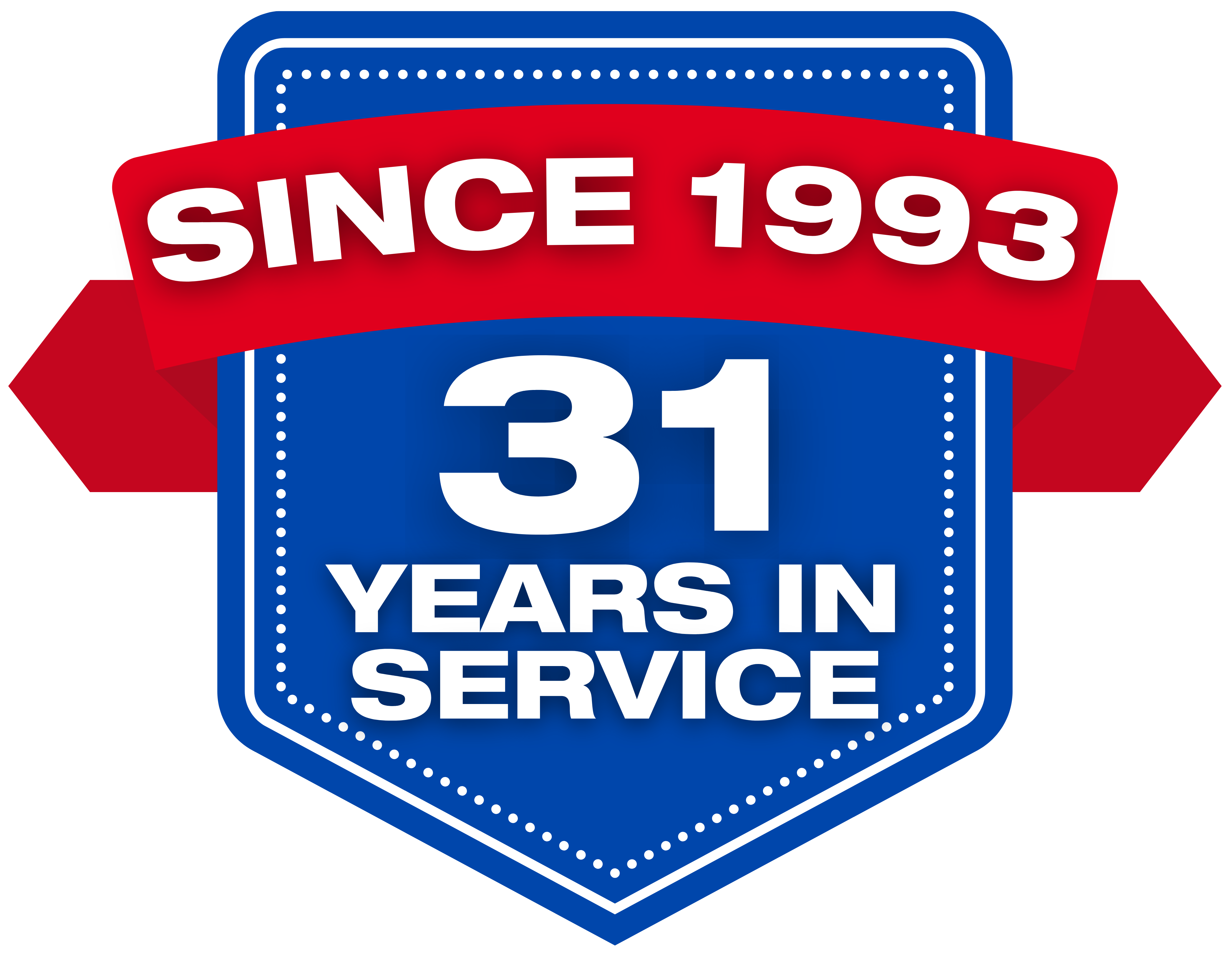What Happens If A Tornado Destroys My House?

Tornadoes are among the most devastating natural disasters, capable of causing immense destruction in a matter of minutes. The aftermath of tornado damage can be overwhelming, especially if your house is one of those destroyed. Understanding the steps to take and the support available can help you navigate this challenging time. This blog explores what happens if a tornado destroys your house, from immediate actions to long-term recovery. We’ve got you covered!
Immediate Actions After a Tornado
- Ensure Safety: Your immediate priority after a tornado should be ensuring the safety of yourself and your family. If you are inside a building when the tornado strikes, stay in a secure location until you are sure it is safe to leave. Be cautious of hazards like sharp debris, downed power lines, and unstable structures.
- Check for Injuries: Once you are in a safe place, check for injuries. Administer first aid as needed and call for emergency medical assistance if anyone is seriously injured. Keeping a well-stocked first aid kit in your home can be invaluable in such situations.
- Communicate with Loved Ones: After ensuring your immediate safety, contact loved ones to let them know you are safe. Use text messages or social media if phone lines are busy. Emergency services often prioritize critical calls during disasters, so avoid using phone lines for non-emergency communications.
Assessing the Damage
- Inspect Your Property: When it is safe to do so, carefully inspect your property to assess the extent of the damage. Take note of structural damage, broken windows, and other significant issues. Avoid entering severely damaged buildings, as they may collapse.
- Document the Damage: Documenting the damage is crucial for insurance claims. Take detailed photos and videos of your property and belongings. Make a list of damaged items, including their approximate value. This documentation will help support your insurance claim and expedite the recovery process.
Contacting Your Insurance Company
- Report the Damage: Contact your insurance company as soon as possible to report the damage. Provide them with the documentation you have collected and follow their instructions for filing a claim. Most insurance companies have a 24/7 claims hotline for emergencies.
- Understand Your Coverage: Review your homeowners’ insurance policy to understand what is covered. Standard policies typically cover tornado damage, but coverage limits and exclusions may vary. If you have additional coverage, such as flood insurance, check whether it applies to any related damage.
- Work with an Adjuster: Your insurance company will assign an adjuster to assess the damage to your property. The adjuster will visit your home, review your documentation, and estimate the cost of repairs or rebuilding. Be present during the inspection to answer questions and provide additional information if needed.
Securing Temporary Housing
- Explore Temporary Housing Options: If your home is uninhabitable, you will need temporary housing. Contact your insurance company to see if your policy covers additional living expenses (ALE) for temporary housing. Options may include staying with family or friends, renting a temporary home, or staying in a hotel.
- Utilize Local Resources: Local government and nonprofit organizations often provide resources for disaster victims, such as temporary shelters, financial assistance, and essential supplies. Contact local emergency management agencies or disaster relief organizations for support.
Cleaning Up and Salvaging Belongings
- Begin Cleanup Safely: Once you have documented the damage and contacted your insurance company, you can begin the cleanup process. Wear protective clothing, gloves, and masks to avoid injury or exposure to harmful substances. Dispose of debris properly, following local guidelines.
- Salvage What You Can: While some belongings may be irreparably damaged, you may be able to salvage others. Carefully sort through the debris to recover important documents, valuables, and sentimental items. Cleaning and restoration services can help salvage and restore some belongings.
Rebuilding and Recovery
- Plan for Rebuilding: Rebuilding your home will likely be a lengthy process. Work with your insurance company and contractors to develop a rebuilding plan. Ensure that contractors are licensed, reputable, and experienced in disaster recovery. Obtain multiple quotes and review contracts carefully before signing.
- Financial Assistance and Grants: In addition to insurance payouts, you may qualify for financial assistance and grants from government agencies or nonprofit organizations. The Federal Emergency Management Agency (FEMA) provides disaster assistance for homeowners and renters. Check for state and local programs that offer additional support.
- Stay Informed and Connected: Stay informed about recovery efforts and available resources by attending community meetings, signing up for updates from local authorities, and connecting with neighbors. Sharing information and supporting each other can make the recovery process more manageable.
Emotional and Psychological Impact
- Acknowledge Your Emotions: Experiencing a tornado and its aftermath can be emotionally and psychologically challenging. It is normal to feel a range of emotions, including shock, anger, sadness, and anxiety. Acknowledge these feelings and give yourself time to process them.
- Seek Support: Do not hesitate to seek support from friends, family, or mental health professionals. Many communities offer counseling services and support groups for disaster survivors. Talking about your experience and feelings can help you cope with the trauma.
Long-Term Preparedness
- Review and Update Insurance Policies: After rebuilding, review your insurance policies to ensure you have adequate coverage for future disasters. Consider adding additional coverage if needed, such as flood insurance or increased limits for personal property.
- Strengthen Your Home: If you live in a tornado-prone area, consider strengthening your home to better withstand future storms. This may include installing storm shutters, reinforcing the roof and walls, or building a safe room.
- Create an Emergency Plan: Have a disaster preparedness emergency plan for your family, including evacuation routes, emergency contacts, and a communication strategy. Keep a well-stocked emergency kit with essential supplies such as food, water, medications, and important documents.
A tornado can have devastating effects on your home and life, but understanding the steps to take in its aftermath can help you navigate the recovery process more effectively. From ensuring immediate safety and assessing damage to working with insurance companies and securing temporary housing, each step is crucial to rebuilding and recovery. Remember to seek emotional support and take steps to prepare for future disasters. With the right approach and resources, you can rebuild your home and regain a sense of normalcy after a tornado.
Why Choose All-Clean USA for Your Tornado Damage Restoration Services?
With little-to-no warning, a tornado can wreak havoc on our homes, businesses, and entire communities. Tornadoes can tear down trees, rip off roofs, and smash windows, making them one of the scariest natural disasters to experience. Beyond the emotional stress, the cleanup and restoration process can cause significant disruption in our daily lives.
That's why it's crucial to have a reliable partner for fast and efficient property restoration when a tornado strikes. At ALL-CLEAN USA, we're here to support you. We provide prompt, professional tornado damage restoration and keep you informed throughout the entire process to minimize stress and ensure a smooth recovery. Contact us to restore your property and bring peace of mind during this challenging time.


